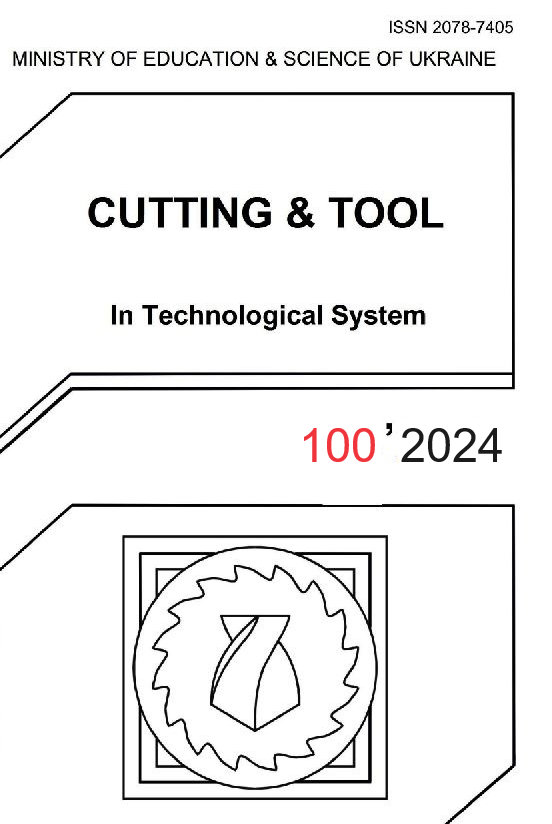INTERPRETATION WORKFLOW OF GEOMETRIC TOLERANCES
DOI:
https://doi.org/10.20998/2078-7405.2024.100.04Keywords:
geometric tolerance, ; GPS, GD&T, degree of freedom, datum featureAbstract
The application of the principles of the geometric product specification (GPS) has increasing importance in the machining industry. The tolerancing process should harmonize the relationship between tolerancing, machining process, measuring and design requirements. The aim of the article is to present the interpretation process and the suggested workflow of geometric tolerances. The dimensional and geometric tolerances are compared, and some critical problems of geometric tolerancing are demonstrated by case studies.
References
ISO 1101-2017 Geometrical product specifications (GPS) - Geometrical tolerancing - Tolerances of form, orientation, location and run-out.
Sun W.; Gao Y. (2022) The rule-based specification of the datum-based model for geometric dimensioning & tolerancing. Procedia CIRP 114:189–196 https://doi.org/10.1016/j.procir.2022.10.026
Fengxia Z. et. al (2015) Research on the intelligent annotation technology of geometrical tolerance based on geometrical product specification (GPS). Procedia CIRP 27: рр. 254 – 259 https://doi.org/10.1016/j.procir.2015.04.074
Corrado A.; Polini W. (2021) Model of geometrical deviations in milling with three error sources. Manufacturing Technology. 21(5): рр. 575–584. https://doi.org/10.21062/mft.2021.078
Sultana J., Sztankovics I. (2023) Roundness error and topography of hard turned surfaces. Cutting & Tools in Technological System 98: рр. 83–92 https://doi.org/10.20998/2078-7405.2023.98.08
Gosavi A; Cudney E. (2012) Form error in precision metrology: a survey of measurement techniques. Quality Engineering 24: рр. 369–380 https://doi.org/10.1080/08982112.2011.652583
Li Y; Gu P. (2004) Free-form surface inspection techniques state of the art review. Computer-Aided Design 36: рр. 1395–1417 https://doi.org/10.1016/j.cad.2004.02.009
Armillotta A. (2013) A method for computer-aided specification of geometric tolerances. Computer-Aided Design 45: рр. 1604–1616 https://doi.org/10.1016/j.cad.2013.08.007
Downloads
Published
Issue
Section
License
Copyright Notice
Authors who publish with this Collection agree to the following terms:
1. Authors retain copyright and grant the Collection right of first publication with the work simultaneously licensed under a Creative Commons Attribution License that allows others to share the work with an acknowledgement of the work's authorship and initial publication in this Collection.
2. Authors are able to enter into separate, additional contractual arrangements for the non-exclusive distribution of the Collection's published version of the work (e.g., post it to an institutional repository or publish it in a book), with an acknowledgement of its initial publication in this Collection.
3. Authors are permitted and encouraged to post their work online (e.g., in institutional repositories or on their website) prior to and during the submission process, as it can lead to productive exchanges, as well as earlier and greater citation of published work.

